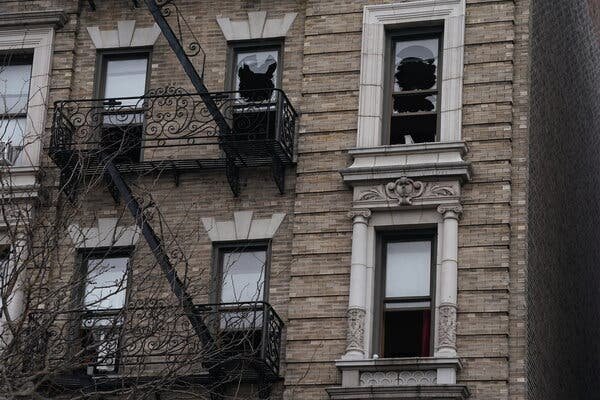A recent report by the city’s Department of Youth and Community Development found a significant increase in homeless youths compared to previous years. The number of unsheltered young people aged 14-24 has more than doubled, with a spike in minors aged 14-18 living without shelter. Advocates emphasize the urgent need for more beds and funding for programs serving homeless youth. Despite city efforts, concerns remain about the growing crisis and the challenges faced by homeless and at-risk youth.
The city’s Department of Youth and Community Development (DYCD) conducted a survey last January that revealed a concerning increase in the number of homeless youths in New York City. The report highlighted that there were 418 young people aged between 14 and 24 found sleeping in various unstable conditions such as houses of worship, drop-in centers, subways, and fast food restaurants. This number was more than double compared to the previous year’s count of 147. Of these, 73 youths were staying overnight in drop-in centers without beds, showcasing the dire situation many young individuals are facing.
The data indicated a significant rise in the number of minors aged 14 to 18 living unsheltered, with 56 youths identified compared to only nine in the previous year. Advocates and organizations working with homeless youth expressed concerns over the lack of adequate resources and funding to support this vulnerable population. They emphasized the urgent need for more shelter beds and increased financial support to address the growing homelessness crisis among young people.
While Jamie Powlovich from the Coalition for the Homeless acknowledged the efforts made during the previous administration to support homeless youth, she criticized the current administration for not taking sufficient steps to address the escalating issue. The lack of additional funding for programs serving homeless youth despite the surge in homelessness was a major point of concern raised by advocates.
Sebastien Vante from Safe Horizon stressed the necessity for more beds and financial resources to meet the increasing needs of homeless youth. He highlighted the essential role of programs like Streetwork Project in providing support to this vulnerable population and emphasized the importance of adequate funding to sustain their services effectively.
Mark Zustovich, a representative from DYCD, defended the city’s work with homeless and at-risk youth, stating that they continue to offer immediate and long-term services to those in need. However, advocates and organizations working with homeless youth urged for more proactive measures to address the youth homelessness crisis, including the provision of additional shelter beds and increased funding for support programs.
Despite the alarming increase in homeless youths, the city is not currently considering adding more youth shelter beds, citing high occupancy rates in existing facilities. The surge in youth homelessness has been linked to various factors, including the influx of migrants and asylum seekers traveling to New York City. Advocates have raised concerns about the challenges faced by these vulnerable populations and have called for urgent action to address the growing crisis.
The report also highlighted the difficulties faced by migrants seeking shelter in the city, with many being denied beds and forced to wait for extended periods for placement. The tightening of restrictions on border crossings by the Biden administration has led to a decline in the number of migrants living in city shelters, but challenges persist for those seeking stable housing and support services.
In conclusion, the increasing number of homeless youths in New York City reflects a concerning trend that requires immediate attention and action. Advocates, organizations, and city officials must work together to address the root causes of youth homelessness, provide adequate resources and support, and ensure that no young person has to experience unstable living conditions or lack access to essential services. By prioritizing the needs of homeless youth and investing in sustainable solutions, we can work towards creating a safer and more supportive environment for all young individuals in the city.
Source: TheCity.NYC









